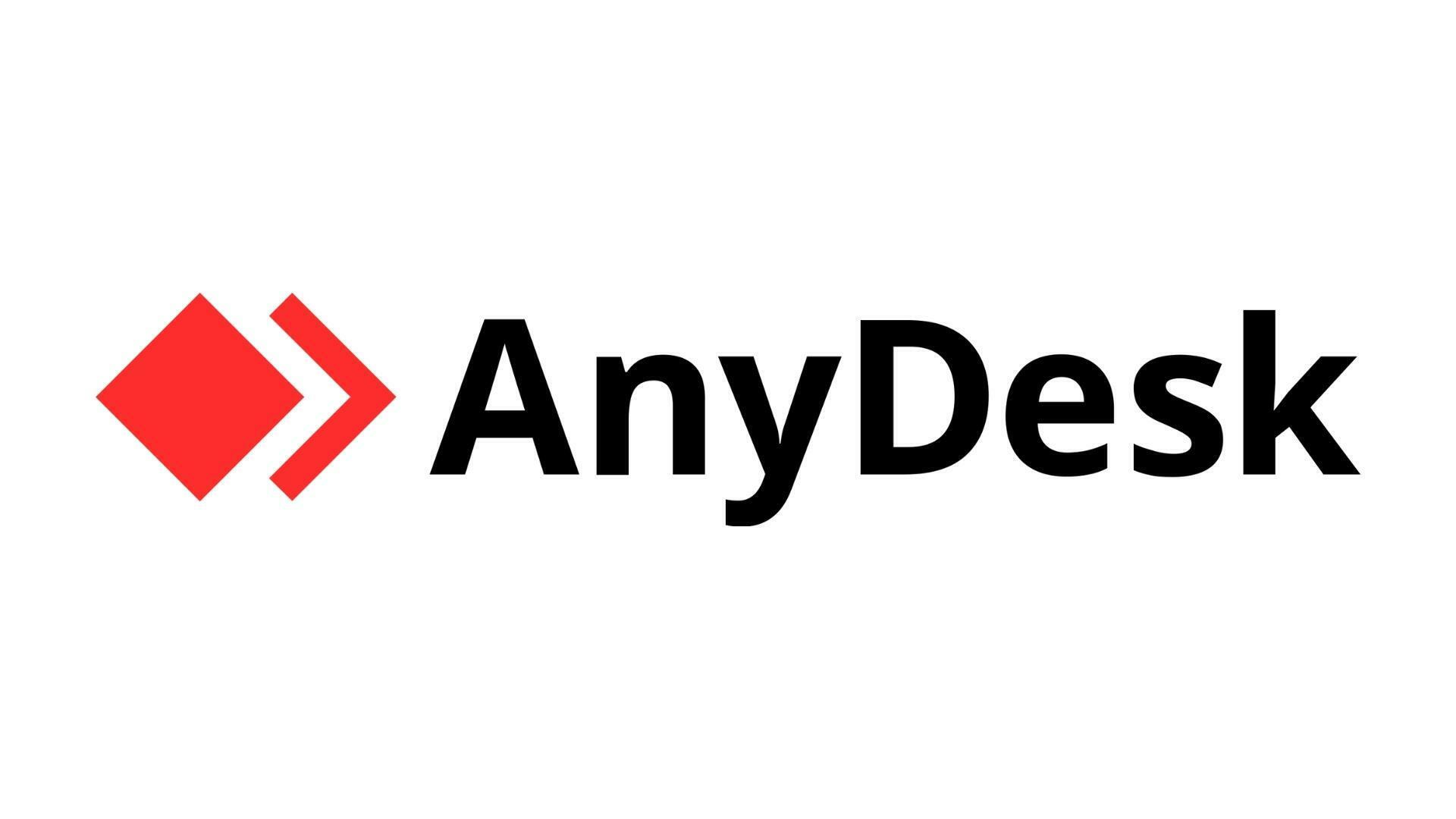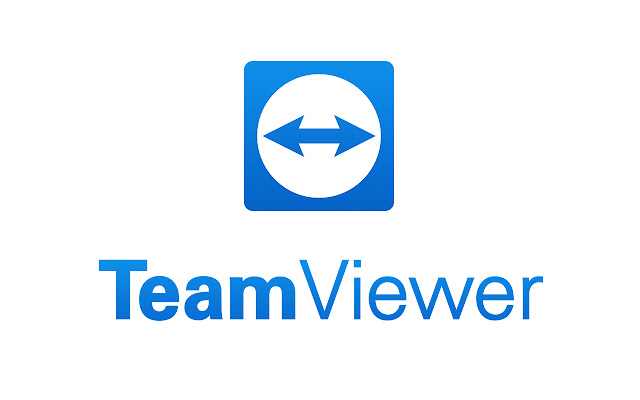There will be an increasing need for remote desktop software for businesses to support their distributed workforces as more and more businesses shift to remote and hybrid workplace practices.
As a result, AnyDesk and TeamViewer are two robust remote desktop software programs that can be used by IT support teams to perform a wide range of critical tasks while connected to a remote desktop or device.
What is AnyDesk?

With AnyDesk, you can access any desktop, server, machine, or device from anywhere at any time with remote desktop software, which is very popular with teams.
Among its many features is the full support for mobile devices and the possibility of using wake-on-LAN (WoL) functionality. Additionally, AnyDesk provides many customization options, including session permissions and an API, so that it can be aligned to your organization’s needs in terms of its features.
What is TeamViewer?

With TeamViewer, you can access virtually any desktop and mobile platform from virtually any place using a remote desktop tool. The good news is that IT teams can keep up with the demand for work from anywhere.
In addition to cross-platform access, unattended access, remote wake, restart, and install, as well as multi-user support sessions, TeamViewer also includes several other features.
What are the differences between AnyDesk and TeamViewer?
There are a lot of features that AnyDesk and TeamViewer have in common, which any software that allows you to access your desktop remotely should have.
Despite this, the two tools have a few key differences that set them apart. It is worth mentioning, however, that for teams that wish to remain independent, AnyDesk offers both a cloud-based service and an on-premises option, whereas TeamViewer does not.
TeamViewer offers the most extensive device and platform coverage, which covers 127 manufacturers in total as a combination of 127 devices and platforms.
It is also worth mentioning that each tool offers slightly different features than the others.
Access to multiple devices
The functionality of AnyDesk and TeamViewer allows users to access the system across multiple devices and platforms. Teams can access desktops, servers, machines, and any other device from their local desktops, by using AnyDesk.
In addition, TeamViewer allows teams to connect regardless of their platform, such as PC to PC or PC to mobile. Additionally, both of these tools offer a robust mobile support feature, which is incredibly important to today’s mobile worker.
Teams can access and control desktops using AnyDesk and TeamViewer via a smartphone or tablet. It is also possible to make use of these tools for mobile-to-mobile communication.
Unattended access
Both AnyDesk and TeamViewer are software applications that enable teams to access devices without the presence of an individual. TeamViewer, for example, enables teams to access unattended computers, servers, and mobile devices, allowing them to decide what to do with them at any time of the day.
As well as this, they will be able to wake and restart devices inside TeamViewer and install applications within it. Compared to AnyDesk, with AnyDesk, teams can log into desktops and devices within their account using a password that does not require the end user to take any action. With AnyDesk’s WoL feature, users can wake their devices up at any time while in sleep mode.
Security
A number of security features come with AnyDesk and TeamViewer to ensure the devices, data, and credentials of both teams and end users are protected.
There is an end-to-end encryption process used by TeamViewer that is based on AES (256-bit) encryption, along with 4096 RSA private/public key exchanges.
Besides data backup, monitoring, and malware protection, the tool also includes the ability to back up your data. It is important to note that AnyDesk uses two encryption methods to protect your connections: AES (256-bit) and TLS 1.2 standardized protocol.
Aside from the two-factor authentication, a robust permissions management system and a privacy mode used during remote sessions are explicitly designed for that.
IT team collaboration
IT teams often need collaboration tools when they need to communicate with remote desktops and users and share files. During an active session, IT teams can use AnyDesk’s text chat feature to chat and exchange ideas with one another.
It is also possible to draw on monitor screens to pinpoint issues and train other team members using the whiteboard feature.
Furthermore, AnyDesk also includes features such as the ability to share monitor screens with other users and invite other users to join the session.
With TeamViewer, you can collaborate quickly with others through collaborative tools, including text chats, video conferences, and the ability to record sessions.
It is now possible to invite multiple team members into a support session using TeamViewer’s multi-user support feature to help resolve complex issues by working together.
As a training tool or for users needing further assistance, this is a handy feature that is also a great addition to the software.
Final Word
Both AnyDesk and TeamViewer are excellent options for providing IT support to teams requiring remote access to various devices at different locations.
Ultimately, the decision will come down to the organization’s specific requirements. If you are looking for a remote access solution that gives you a choice regarding whether you prefer to run it on-premises or in the cloud, AnyDesk may be the best option.
If your team is looking for a solution compatible with as many devices as possible, TeamViewer may be the better choice simply because it is compatible with various manufacturers.
